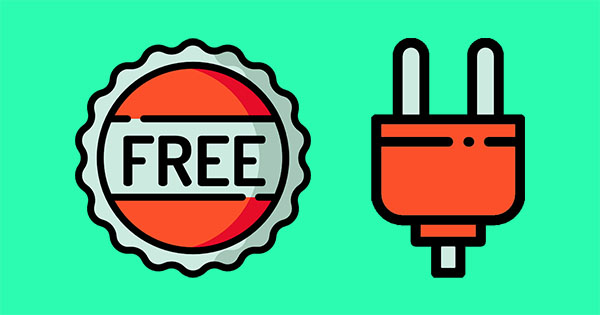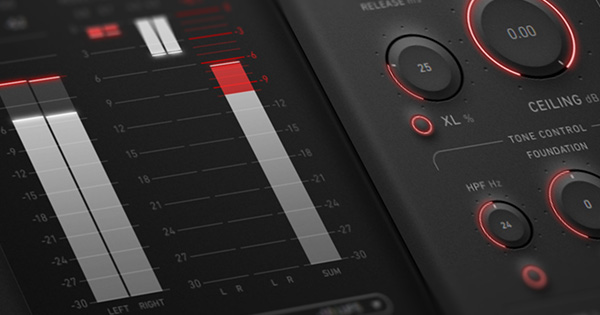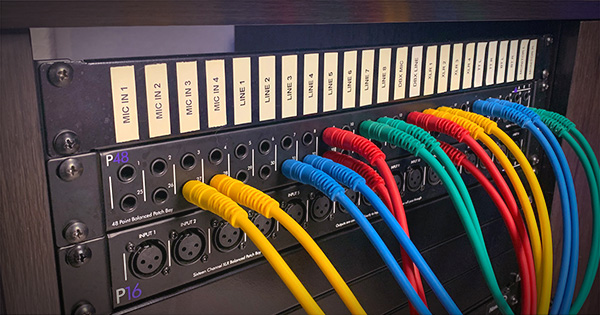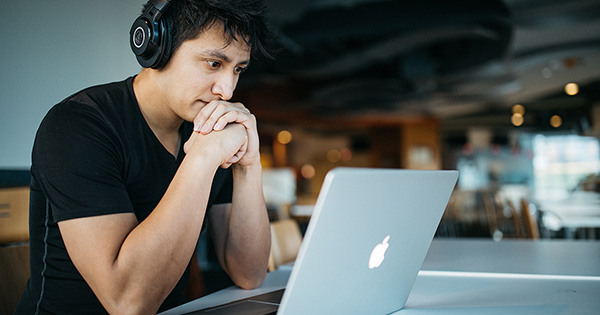[ad_1]
Learn the risks of noise-induced hearing loss (NIHL), and simple steps to prevent hearing damage.
Music is a fundamental part of life for many of us. It’s something we turn to for enjoyment, relaxation, and inspiration. However, listening to music at high volumes for extended periods can cause irreparable damage to our ears. Noise-induced hearing loss (NIHL) is a real concern, and it’s important to understand the risks and take steps to prevent it.
What is NIHL?
Noise-induced hearing loss is caused by exposure to loud sounds, usually over a long period. When sound waves enter our ears, they cause tiny hairs in the inner ear to vibrate. These vibrations are then converted into electrical signals that the brain interprets as sound. However, exposure to loud sounds can damage these hair cells, leading to hearing loss.
The loudness of sound is measured in decibels (dB). The higher the decibel level, the louder the sound. Sounds above 85 dB can cause hearing damage, especially if you’re exposed to them for an extended period. For example, exposure to sounds at 100 dB for 15 minutes or more can cause hearing loss.
How Loud is Too Loud?
As a general rule of thumb, if you have to raise your voice to be heard, a sound is too loud. But this isn’t always a reliable indicator. Different types of music can be played at different volumes without being harmful to your hearing. So, what’s the safe listening level for music?
The World Health Organization recommends an exposure limit of 85 dB for eight hours a day. For every three-decibel increase in sound level, the safe exposure time is halved. That means if you’re listening to music at 88 dB, you should only do so for four hours a day.
The loudest parts of a song are called “peaks.” These peaks are where the sound is at its loudest and can be the most harmful to your ears. To protect your hearing, it’s important to keep the peak levels of your music in check. To avoid hearing loss, the peak levels of the music you listen to should not exceed 105 dB.
How to Protect Your Hearing
There are several things you can do to protect your hearing while still enjoying your music:
1. Invest in High-Quality Headphones
Cheap headphones can produce distorted sounds and cause you to turn up the volume. Look for headphones that offer noise cancellation and produce high-quality sound. My personal recommendation is Audio Technica’s ATH-M50x headphones.
2. Take Breaks
Give your ears a break every hour by taking a 10 to 15-minute break. This allows your ears to rest and recover.
3. Use the 60/60 Rule
Keep the volume of your music at 60% (for consumer devices like Apple AirPods) and listen for no more than 60 minutes at a time.
4. Consider Earplugs
If you’re attending a concert or festival, consider wearing earplugs to protect your ears from loud music. Eargasm makes a quality pair of earplugs for concerts and music festivals.
5. Get Regular Hearing Tests
Regular hearing tests can help you detect hearing loss early and take appropriate measures to prevent further damage.
6. Be Mindful of Your Surroundings
Avoid listening to music in noisy environments, as this can cause you to turn up the volume to harmful levels.
Music is an essential part of our lives, but it’s crucial to listen to it at safe levels. Noise-induced hearing loss is preventable, and taking simple preventative measures can go a long way in protecting your hearing. By investing in high-quality headphones, taking breaks, using the 60/60 rule, considering earplugs, getting regular hearing tests, and being mindful of your surroundings, you can enjoy your music while still taking care of your hearing.
[ad_2]
Source link






